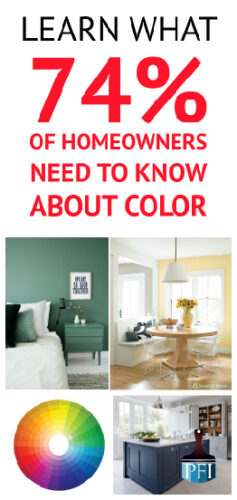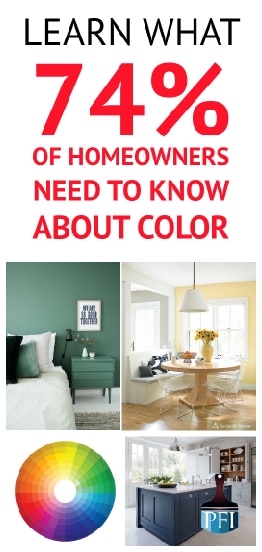How much thought do you put into your paint choices? Most of us choose new colors based on what looks good, or what matches the current décor of the room. But have you ever thought about how your color choice makes you feel?
Turns out that DIY project could be more therapeutic than you realize. The National Home Color Survey results stated that 74% of people want to change the colors in their home. If you are part of this group, take a minute to think of what colors you want, and how they may affect your future happiness or lack thereof.

Most people will paint their walls with a neutral paint color, and use these colors below to accent the room. This allows you to change throughout the year, and completely change your color scheme without having to repaint your room.
However, if you LOVE a color- make it an accent color in your home somewhere. This adds variety and character to your home.
There are four psychological primary colors – red, blue, yellow and green. Each color has a related response to the body, mind, and emotions. Using combinations of these colors effectively can help you feel at peace within your space.
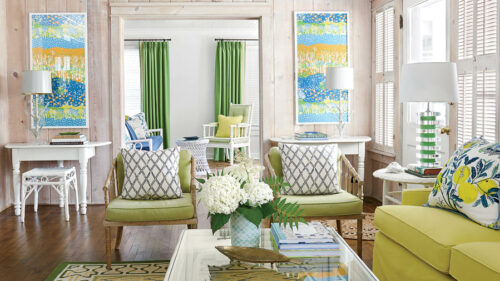
Red
Red emulates courage, strength, and warmth, but can also be perceived as demanding and aggressive. Red has the longest wavelength of all the colors, making it appear closer than it is and therefore it grabs our attention first. (That’s why stop signs are red.)
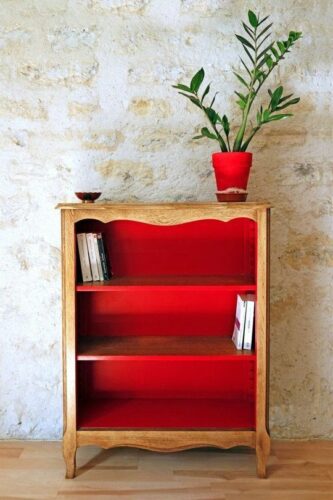
Pure red is the simplest color, with no subtlety. Avoid painting large surfaces like walls or tables with a bright red, especially in children’s bedrooms. But it can be fun for small areas of a playroom, kitchen, or laundry room.
Blue
Blue represents intelligence, communication, and trust. It can also emulate coldness and lack of emotion. Generally accepted as a soothing color, it typically has a calming mental reaction and can increase concentration. This can be perfect for a bedroom, study, or office space.
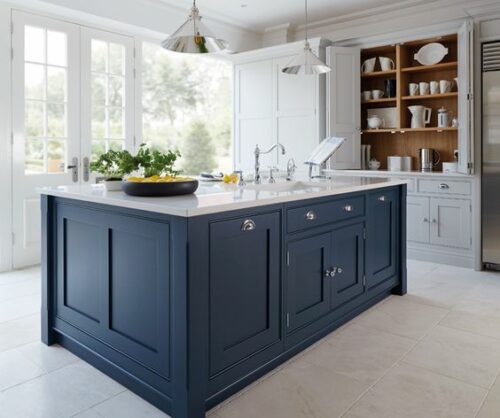
Yellow
Yellow is an emotional color, it generally emits optimism and confidence, but can also stir up fear and anxiety. Yellow is always a stimulating color in any circumstance, it is the strongest psychological color but too much in the wrong tone can take a sunny yellow optimism to a very depressing place. Pick a light and pure yellow in the entry or mudroom to give you a boost of optimism.
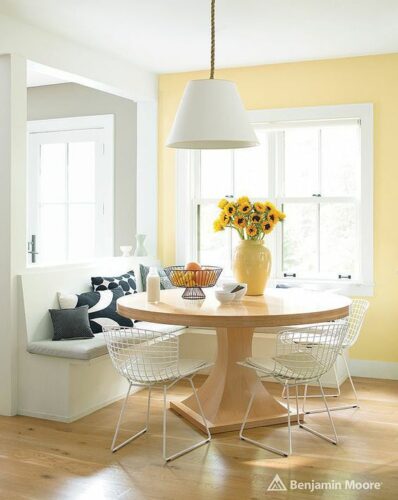
Green
Green is the color of balance and harmony, but it can also be perceived as bland and bored. Green is unique because it doesn’t require the eye to adjust at all, and is therefore, the most restful color. Because the world has so much naturally occurring green, it is a reassuring color and is great for living spaces and bedrooms.
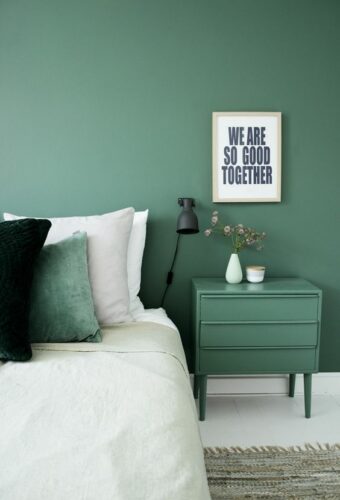
Whatever your favorite new color is, or the mood you are trying to set, try something new! You can always repaint, or decorate the room.
Remember to keep textures in mind too. If you love the color blue, but don’t want your room to feel cold, add fuzzy throw pillows, shag floor rugs or accent blankets to make your room feel warm. If a red kitchen is what you want, but you want it to be calming as well, focus on smooth surfaces and crisp edges, to offset the energy red brings.
